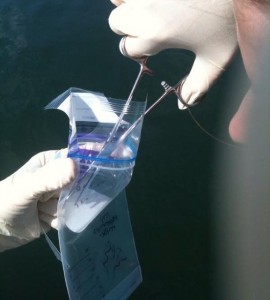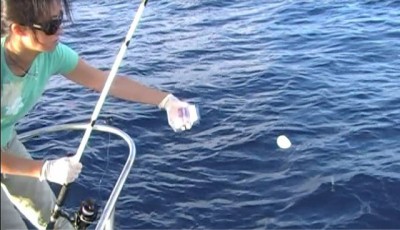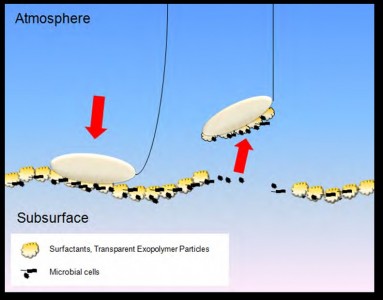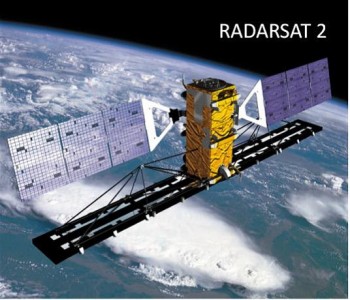NSU Newsroom
SharkBytes
Horizons
This version of NSU News has been archived as of February 28, 2019. To search through archived articles, visit nova.edu/search. To access the new version of NSU News, visit news.nova.edu.
This version of SharkBytes has been archived as of February 28, 2019. To search through archived articles, visit nova.edu/search. To access the new version of SharkBytes, visit sharkbytes.nova.edu.
NSU Alumni Spotlight: Marine Biology Alumna Publishes Article in Scientific Reports – Nature
NSU alumna Naoko Kurata (M.S., Marine Biology, 2013; B.S., Marine Biology, 2008), has published a paper in the January 2016 edition of Scientific Reports/Nature.
Kurata was the lead author of “Surfactant-Associated Bacteria in the Near-Surface Layer of the Ocean,” a paper based on her thesis project titled “Sea Surface Microlayer Microbial Observation System,” which she defended at NSU in November 2012. Other NSU students and faculty, as well as scientists from the US Naval Research Laboratory—Stennis Space Center (MS) and the Bedford Institute of Oceanography (Canada), participated in this research and publication.

DNA sampling of the microbial life in sea surface microlayer during synthetic aperture radar satellite overpasses
“Our research team investigated surfactant-associated bacteria in the near-surface layer of the ocean, which the science community knew little about,” Kurata said. “Surfactants are similar to soap and have chemical structures that allow them to be present at the sea surface. Ocean surface areas with surfactants often look like smooth sections of water on the ocean surface called sea slicks. These can also be seen on satellite images.”
“We developed a new way to collect bacteria samples from the open ocean surface and analyze using cutting-edge DNA sequencing,” she said. “The methods enabled us to capture a snap shot of the bacterial profile of the near-surface layer, which gave us insight into their potential activities. We are hoping that our near-surface observation techniques eventually will help us to understand climate-related biophysical processes between the atmosphere and ocean.”
Alexander Soloviev, Ph.D., professor at the Halmos College of Natural Sciences and Oceanography (HCNSO), was Kurata’s faculty advisor. “Naoko Kurata was the lead in this study. It was nice to see how her M.S. degree work resulted in a practical contribution to satellite oceanography, recognized by the publication in a major scientific journal,” Soloviev said.
“Mr. Soloviev provided me with great opportunities, and I was able to attend conferences and publish findings,” Kurata said. “I had wonderful experiences working toward my undergraduate and master’s degrees at NSU. I was one of a few international students in the marine programs, and I had some challenges, but the professors that I met helped guide me through.”
Kurata resides in New York City. In August 2016, she will begin work on her doctoral degree in marine evolutionary biology at City University of New York.
Kathryn Howe, a student in the M.S. program, is continuing this line of research at HCNSO. In February 2016, she will participate in a research cruise to the Gulf of Mexico as a part of the Gulf of Mexico Research Initiative Consortium for Advanced Research on Transport of Hydrocarbon in the Environment.


